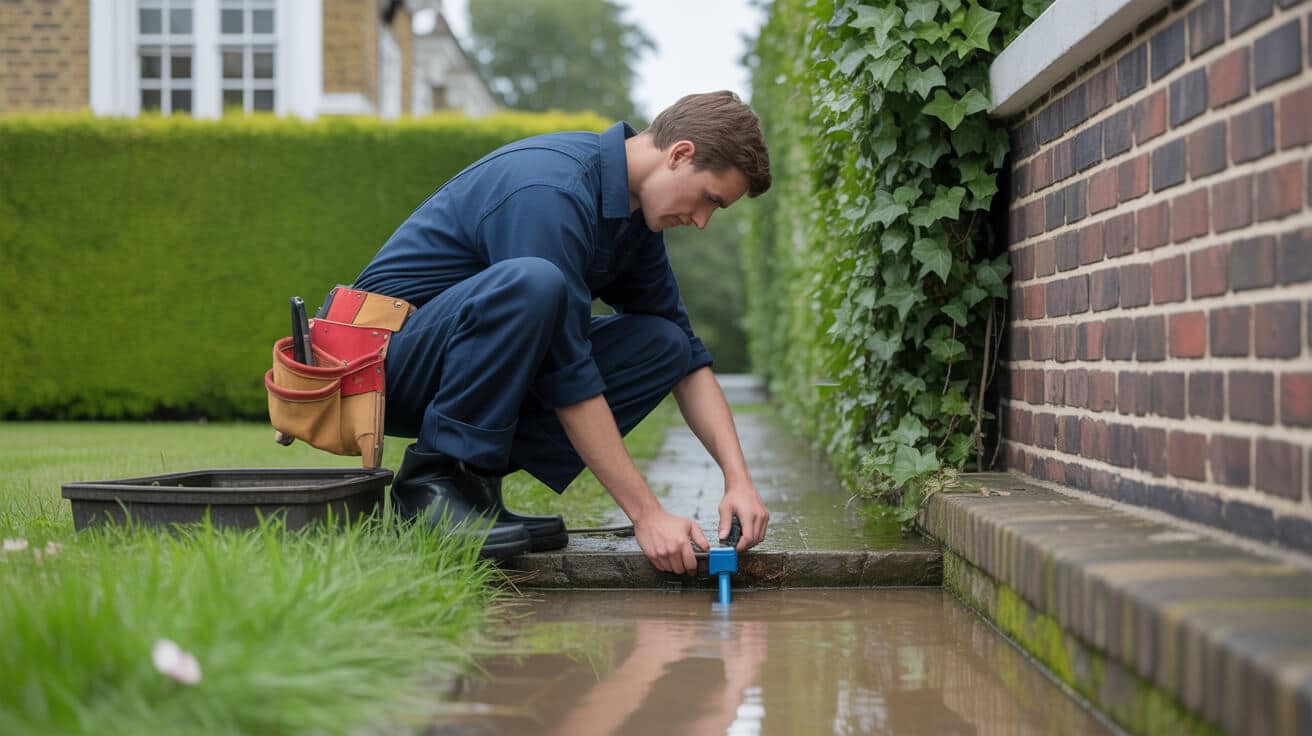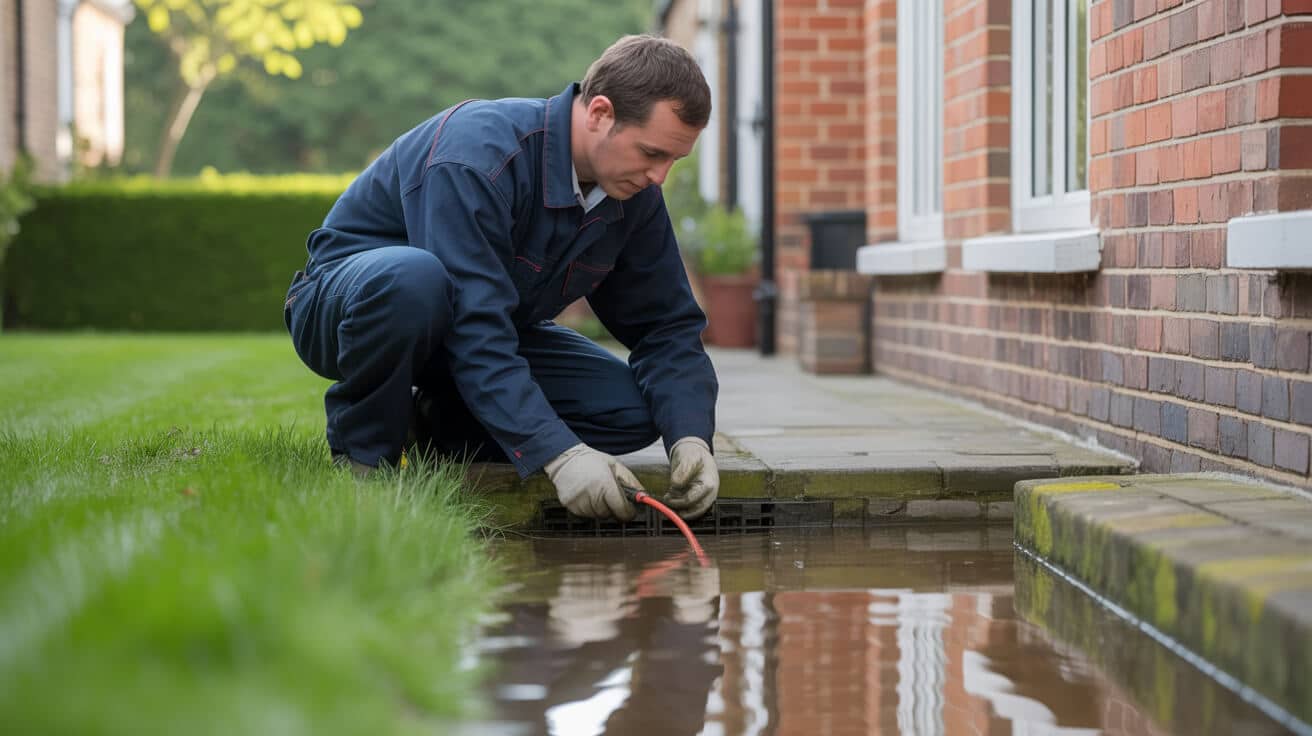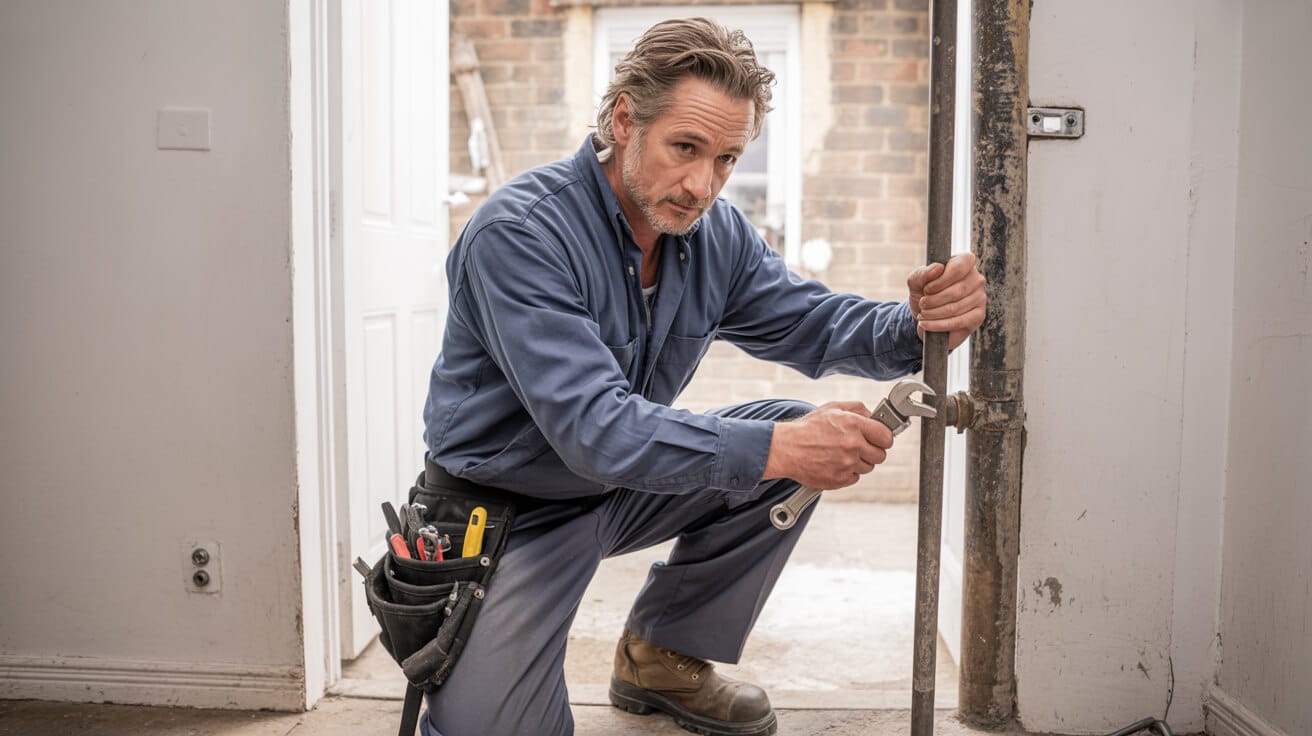 Your Top 10 Questions About Gas Safety Answered
Your Top 10 Questions About Gas Safety Answered
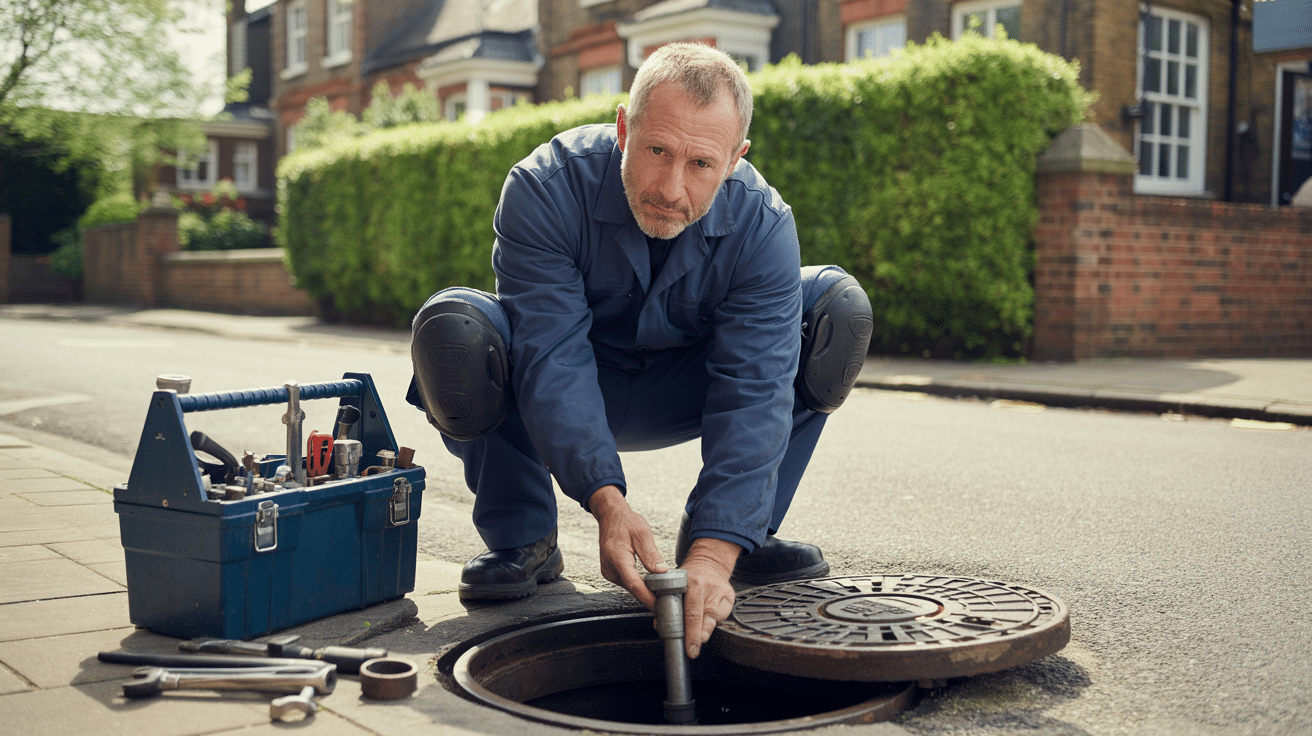
Why Does Gas Safety Pose a Genuine Threat—and Whose Responsibility Is On The Line?
Gas only makes the front page when things go wrong—by then, the damage is often irreversible. If you own or manage property in the UK, gas safety isn’t just a chore on the list. It’s a legal, financial, and moral shield—yet it’s routinely neglected until the bill is catastrophic.
Most owners assume “it’ll be fine,” but data shows over 40 deaths a year in the UK stem from gas faults, almost all preventable. That’s to say nothing of the hundreds hospitalised, or the thousands left with carbon monoxide poisoning, fires, or ruined property. The government’s own stats confirm nearly 1 in 3 UK homes has a hidden gas issue or shoddy legacy work sitting out of sight (HSE).
Regulation doesn’t allow flexibility. If you’re a homeowner, you’re legally required to have all gas appliances and flues inspected annually. Cut corners—delay, skip, or use an unregistered engineer—and your household insurance can be voided, your warranty collapses, and your right to recourse evaporates.
For landlords, the bar rises higher. Every rented UK property needs a valid Gas Safety Certificate (CP12) renewed every year. Failure means fines up to £6,000 per property, a criminal record—and tenants can demand proof within 28 days. If you’re managing blocks, commercial premises, or acting as an agent, you’re on the hook too.
Gas faults hide in silence, but the costs of ignoring them are always loud.
It’s not about fear—it’s clarity: You are responsible. The legal burden always sits with those who own or control the property—landlords, homeowners, agents, facilities managers, and commercial occupants. “Not knowing” is never a defence when something goes wrong, and passing the blame won’t help with the authorities or in court. The law expects you to be proactive, not reactive.
If you’re unsure how to triage engineers, avoid classic mistakes, or spot hidden pitfalls, every penny spent on smart checks and professional documentation saves headaches, cash, and risk later. But how do you guarantee your gas engineer is up to scratch—and what proves it isn’t a guess?
How Can You Be Absolutely Sure Your Gas Engineer Is Legitimate?
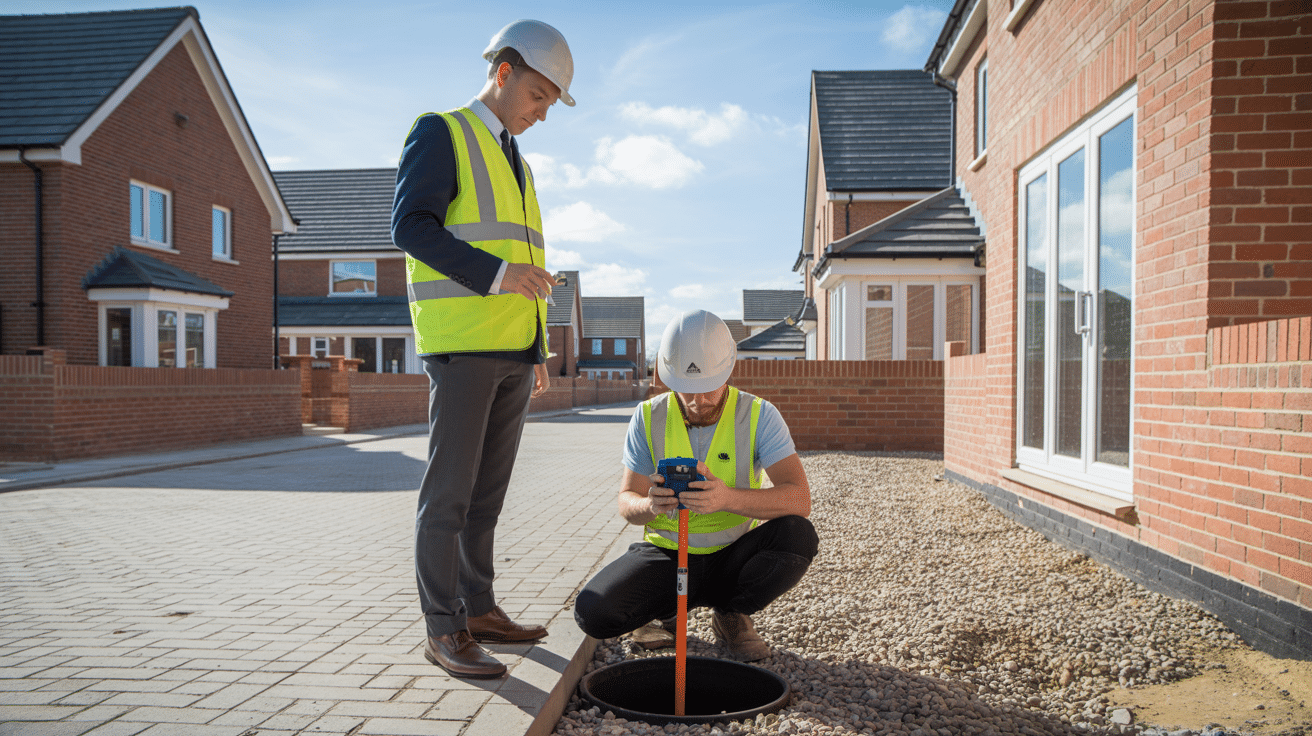
Putting your trust in unverified “professionals” is a shortcut to risk—reputation isn’t regulation. By UK law, every gas engineer must hold a Gas Safe registration and physically carry their identification card to every job. That yellow card isn’t a formality—it shows (in black and white): the engineer’s face, unique registration number, expiry, and the specific appliances and systems they are licenced to work on (nidirect.gov.uk). No card? No service. No exceptions.
Ask for ID before any work starts. Properly qualified professionals—Plumbers 4U engineers included—expect this and respect it. They won’t hesitate or act offended. For complete assurance, cross-check the Gas Safe ID yourself, on gassaferegister.co.uk. This database is public and updated in real time.
If you’re in charge of flats, commercial sites, or public buildings, deepen your check:
- WRAS Approval: Guarantees every water-facing component, valve and fitting meets strict UK water byelaws—crucial for building insurance and hygiene.
- WaterSafe Registration: Adds evidence of robust compliance for public and managed spaces.
- G3 Certification: For unvented hot water systems—legally required, not “optional.”
The best engineers are eager to explain their credentials—hesitation is a signal to look elsewhere.
Insurance firms are tightening. Most won’t pay out on any gas or major water claim if you can’t supply the right credentials, proof of registration, and a professional service record. Skipping this validation isn’t a shortcut; it’s forfeiting your safety net.
But credentials are just the entry bar. What should you expect when a proper safety inspection takes place, and what does a real engineer do that a rogue doesn’t?
What Steps Are Included in a Trustworthy Gas Safety Inspection?
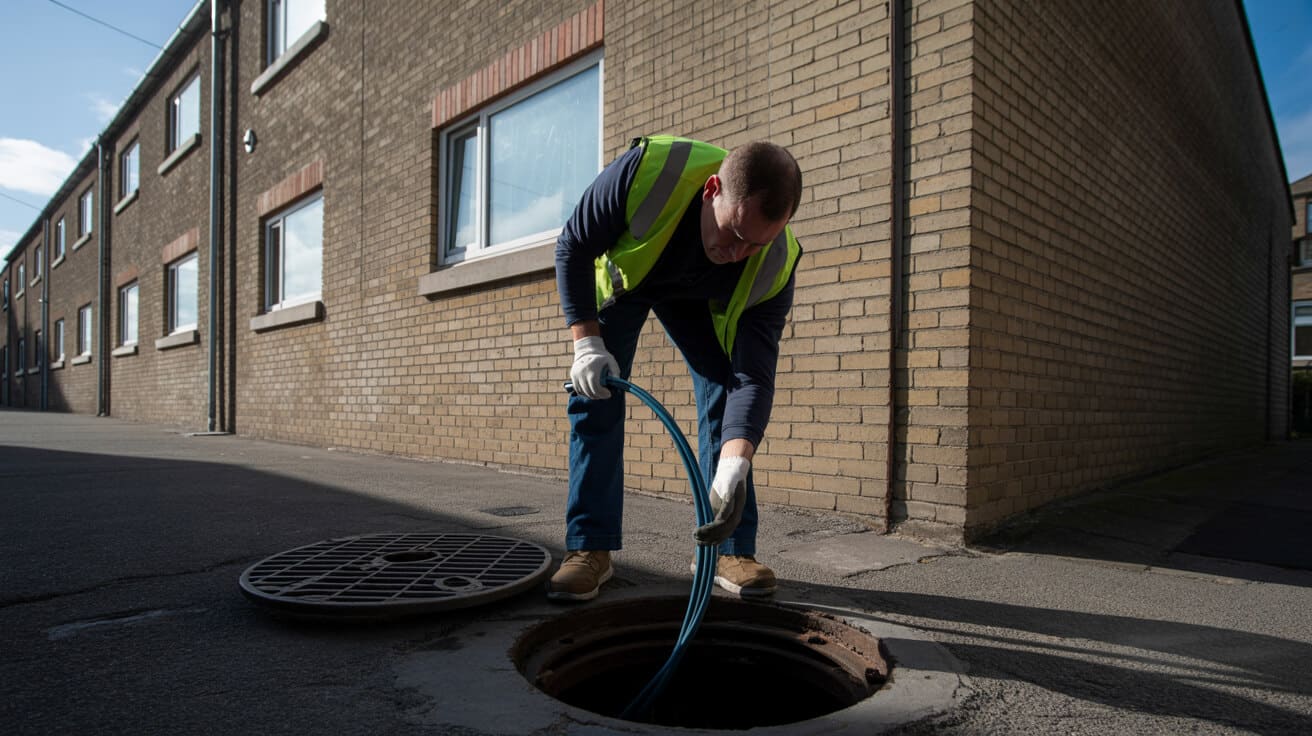
A meaningful gas safety inspection is never an express service or visual walkthrough. A qualified engineer runs a methodical sweep, rooted in national standards and appliance-specific protocols. Here’s what “trustworthy” looks like:
- Systematic benchmarking: Every appliance, visible pipe, and joint checked against both Gas Safe and manufacturer specs.
- Hidden detail: Engineers never skip what’s boxed-in, behind doors, or out of sight under floors. They chase the full line, not just the bits you can see.
- Flame and combustion checks: Pilot lights, ignition sequence, and flame behaviour all get tested for dangerous colour changes, instability, or incomplete combustion.
- Air supply and extraction: Every vent, valve, and flue is tested and visually checked for blockages, obstructions (even a bird’s nest behind a terminal counts), and safe air movement—inside and out.
- Airtightness test: A calibrated manometer runs a pressure check and over-time test, catching leaks long before the nose or ears would know.
Meticulous inspection beats a quick visit—it’s the data and documentation that protect you, not just what’s said on the day.
The checklist continues: working CO alarms are validated (and recommended if legal gaps are spotted), safety shut-offs tested, thermostats and emergency valves exercised, and all results logged. Large sites or blocks need every zone profiled—if your block lacks complete records, you’ve not truly been inspected.
If the inspection is a box-ticking scam—five minutes, no metre, no forms—you’ve just paid for risk, not protection.
So how do legitimate professionals confront hidden leaks, degraded fittings, and faults that don’t show up with a torch and checklist? The answer is both technical and disciplined.
Why Is Carbon Monoxide Invisible—And How Does a Gas Check Guard Against It?
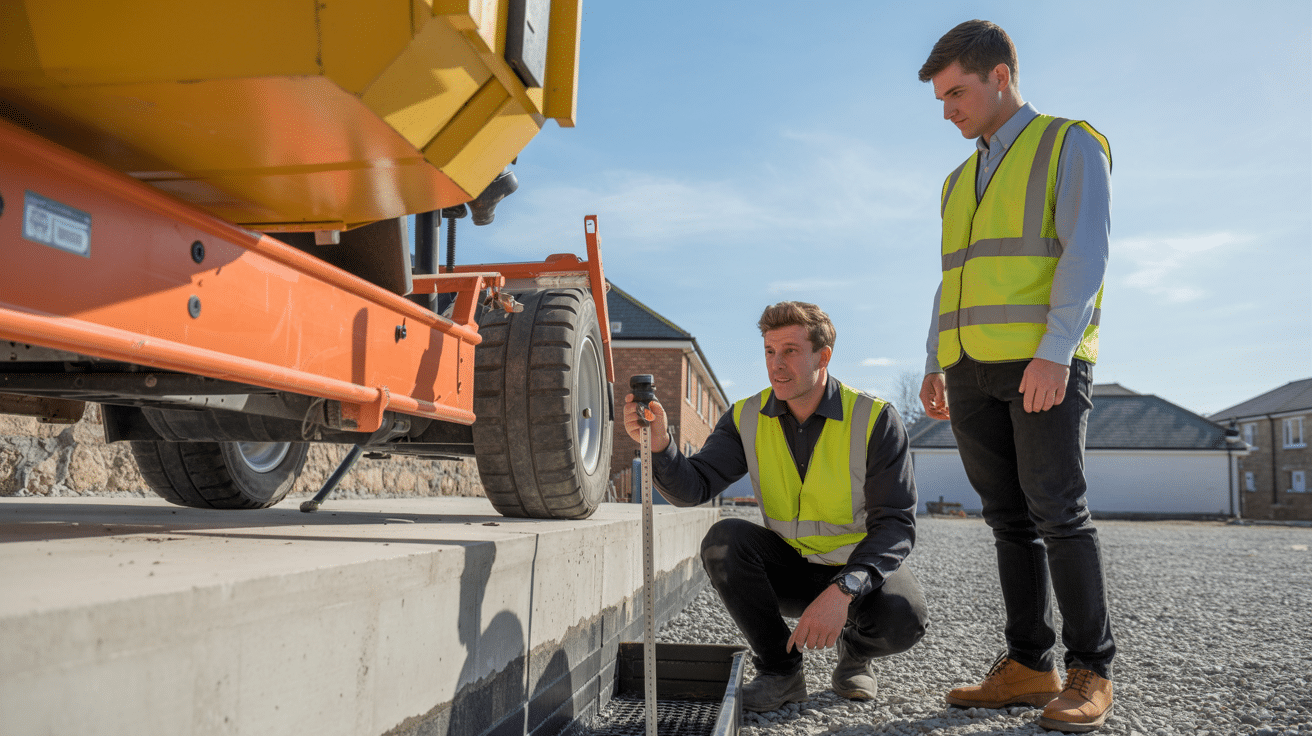
CO poisoning is silent, instantaneous—and preventable for anyone taking inspections seriously. Carbon monoxide is undetectable without equipment: no colour, smell, or taste—just creeping headaches, confusion, vomiting, and in worst cases, unconsciousness or death (rospa.com).
Every gas appliance makes some CO, but in a healthy system, it vents without ever entering the building. What turns routine use deadly is failure in:
- Flue integrity: Blocked, collapsed or bird-nested chimneys send gases back inside.
- Ventilation: Well-meaning upgrades or new insulation can choke natural air supply, altering combustion.
- Seal degradation: Gaskets, joints, or panels degrade—energy bills rise, but unseen gases slip free.
- DIY misadventures: Unlicensed work, shortcuts, or mixing parts means critical safety fails.
How does the gas check protect you? A qualified engineer uses calibrated CO metres at every test point, probes vents and air gaps, confirms flue extraction, and checks alarms remain in date and correctly located (note: alarms are now a legal must in rental properties, and best practice in all homes).
Prevention isn’t a gadget—it’s a disciplined process, repeated year after year.
But detection isn’t where it stops. Hidden leaks and system vulnerabilities need specialised tools and process, not a passing glance.
How Do Engineers Trace Hidden Gas Leaks—Or Predict System Failure Before It Hurts You?
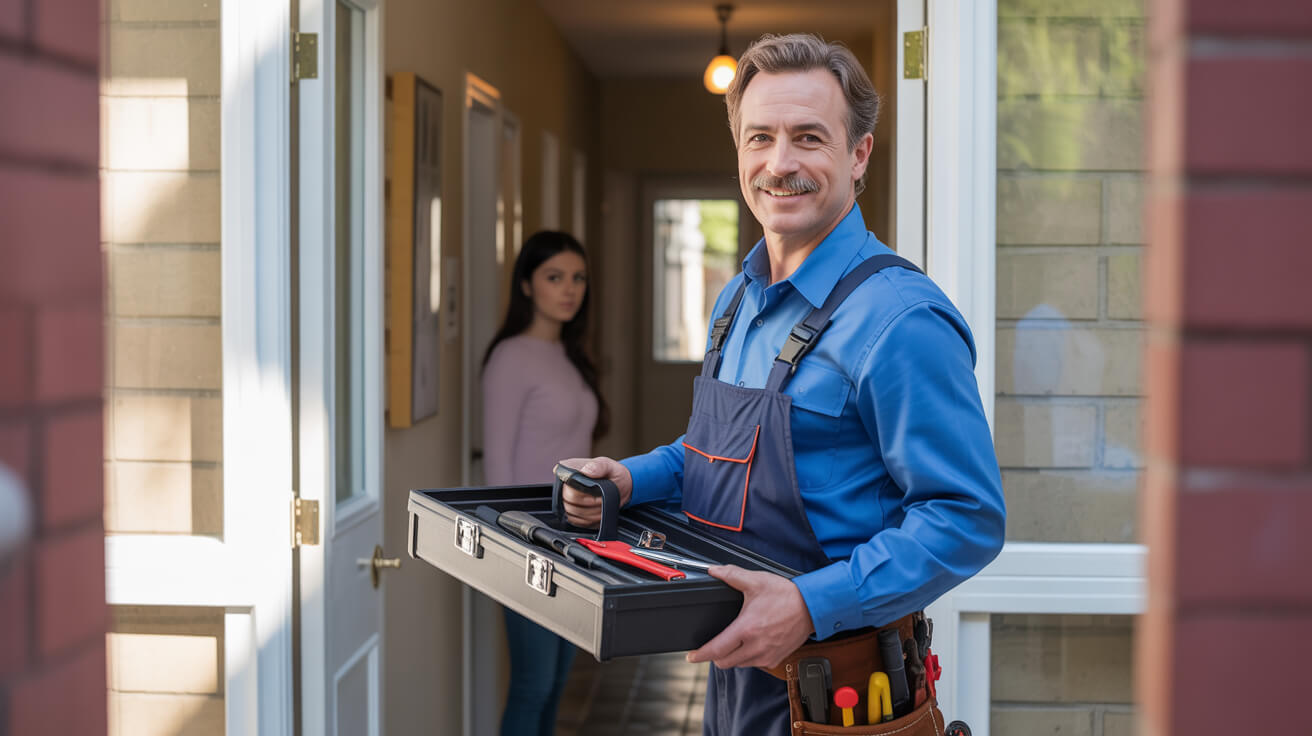
Most threats don’t announce themselves. Gas leaks often lurk under floorboards, within wall voids, or where a recent “upgrade” masked old faults. You won’t smell most leaks until they worsen; even then, the most dangerous ones are odourless (safeguard.co.uk).
Professional leak tracing includes:
- Pressure drop testing: A closed circuit is pressurised and monitored. Even the smallest pressure drop exposes a leak—long before it’s noticeable.
- Manometer readings: Subtle variations during system “at rest” and “in use” mode spot weakening joints, rusted pipes, and partial blocks.
- Soap solution tracing: For visible lines, lathering with a bubble solution exposes leaks instantly—no need to dismantle every joint.
- Advanced digital detectors: For larger sites, commercial or high-risk settings, digital hydrogen or methane sniffers catch leaks well below smell-threshold.
Shortcuts on gas repairs nullify insurance, break the law, and gamble with occupants’ lives.
No responsible engineer will “patch and pray.” If a leak is found, they must isolate, document, and repair using compliant, fully tested materials—with evidence for your records.
But after the inspection, what exactly should you expect by way of certificates, paperwork, and proof for every service rendered?
Which Paperwork and Certificates Protect You After a Gas Service or Inspection?

When the engineer’s packed up and the dust sheets are gone, your safety comes down to what’s on paper—no evidence, no proof. Homeowners should receive a comprehensive Service Record: signed, with all appliances checked, results logged, faults spelled out, and engineer identity attached (aviva.co.uk).
For landlords, the CP12 (Landlord Gas Safety Record) is the law—each year, new certificate, new date, signed and valid. It can be emailed, posted, or given as a link, but if a tenant asks, you’ve got 28 days to produce it, not excuses (nrla.org.uk).
The only reliable inspection is one you can prove on demand—to insurers, tenants, auditors, or buyers.
What to check on every certificate:
- Engineer’s name, signature, and Gas Safe number
- Date of inspection: and all addresses covered—appliances and precise model/serial info
- Clear outcomes for every check—pass, advisory, or “at risk”—and actions advised or taken
Don’t lose certificates. Keep digital and cloud copies where possible—they stand up for audits, insurance, or sale. Old paperwork is your only backup when a dispute arises.
Wondering what comes after a worrying “at risk” sticker or unclear result? Here’s when action isn’t optional.
What Should You Do if an Appliance Is Declared Unsafe or ‘At Risk’?
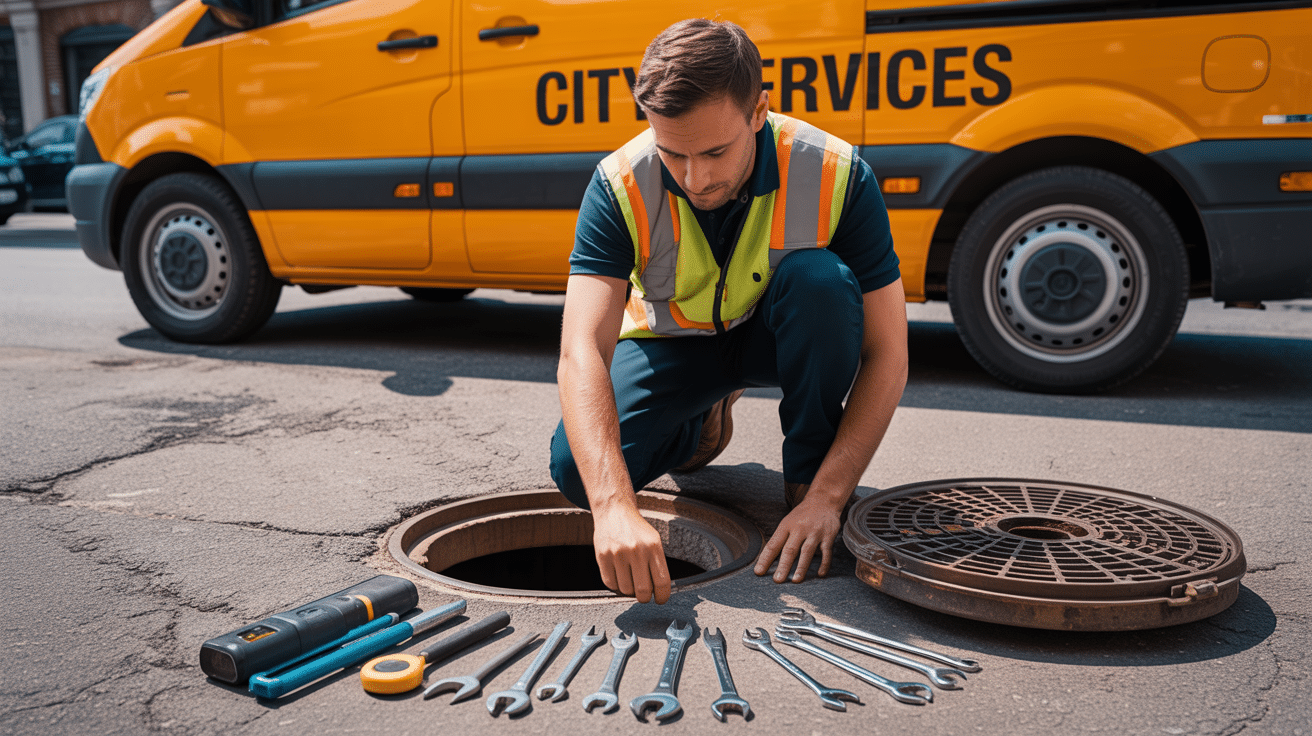
Zero negotiation: If your engineer tags an appliance “unsafe” or “at risk,” it must be cut out of service on the spot—and fully recorded. This isn’t over-caution; it’s prescribed procedure (gassafe-register.co.uk).
Your engineer must:
- Explain what’s wrong—in person, not just on the form
- Physically disconnect or isolate, and leave prominent “Do Not Use” labels attached
- Add notes and warnings to both the documentation and the equipment
As a landlord, manager, or agent, you must record all this, update the compliance folder, and tell any residents or users immediately (hse.gov.uk).
Intentional use of an isolated gas appliance is a criminal offence—and ruins your risk and insurance protection.
If you suspect an error, request a second qualified opinion, or escalate directly via Gas Safe Register’s dispute service. But no professional will reconnect an unsafe appliance until all faults are fully rectified. Law and warranty demand it.
Confusion often arises here between annual servicing, legal safety checks, or “certification runs.” The differences matter for compliance and asset protection.
How Are Gas Service, Safety Inspection, and Certificate Actually Different?
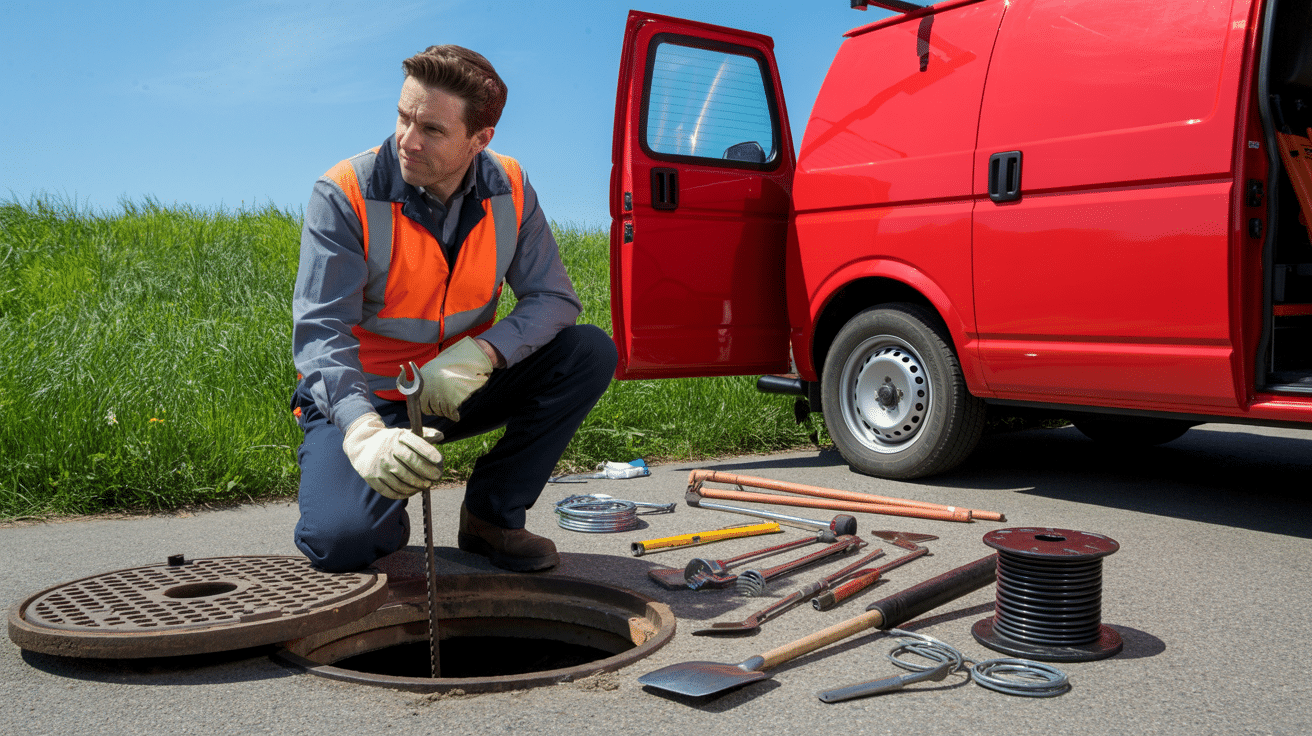
Don’t let service, inspection, and certification blur into a single “tick box.” Each has a different scope and legal weight:
- Service: Annual preventative maintenance—cleaning, lubrication, efficiency tuning—prolongs appliance lifespan, and is best practice ([britishgas.co.uk](https://www.britishgas.co.uk/home-services/gas-safety/service.html?utm_source=openai)).
- Safety Inspection: Comprehensive check for legal compliance—everything is benchmarked, measured, and fault-checked. For owners, strongly recommended before selling, after any big job, or whenever faults are suspected.
- CP12 Certificate / Gas Safety Record: Mandatory for every rented property, HMO or commercial site—annual renewal required, specific appliances listed, with outcomes explicitly stated.
Here’s a snapshot for clarity:
| Review Type | Required For | Legal Status | Key Outcome |
|---|---|---|---|
| Service | Homeowners/all users | Best-practice | Efficiency, longevity |
| Safety Check | Landlords/commercial/owners | Legal requirement | Statutory compliance |
| CP12/Record | Landlords/blocks/commercial | Mandatory annually | Proof for tenants |
Regulatory enforcement, insurers, buyers, and councils all audit these documents at any time, sometimes years later. Miss a deadline, lose a logbook, or fudge a certificate—your footing vanishes overnight.
Keeping up with these moving targets needn’t be a chore—provided you build frictionless compliance directly into your maintenance calendar.
How Can You Keep Gas Compliance Seamless—And Never Miss a Statutory Deadline?
Most non-compliance happens not from malice, but from sloppy admin: lost receipts, missed emails, or last-second “can you fit us in?” calls. The cost? Fines, invalidated claims, failed audits, or worse—someone gets hurt because the chain broke.
Plumbers 4U’s systems close every loophole for you—homeowners and landlords alike. Every booking is scheduled before expiry, performed only by registered Gas Safe, G3, and WRAS engineers, with instant digital+paper documentation provided.
For landlords: every property gets a “next due” date, with warnings before you’re out of time. New tenants? Immediate records. Changed regulation? We flag and explain—no missed changes, ever. Commercial or block managers? Dedicated compliance logs, renewal reporting, and multi-unit tracking all centralised.
Reliable records are your defence—cloud storage means never scrambling to confirm safety again.
Industry best-practice recommends:
- Automated reminders (email/text) before each recurring certificate is due:
- Secure digital and cloud vault for all paperwork: (your records, not just ours)
- Certified, fully insured engineers only—every time, no “stand-in” deputies:
Consumer protection bodies have made it clear: if your provider can’t demonstrate clear records, valid credentials, and real-time response, it’s your risk—not theirs (TrustMark).
If you’re ready to break the cycle of non-compliance—ready to shield your property, residents, and assets from cascading legal or safety risks—Plumbers 4U is standing by.
Secure Gas Safety and Legal Certainty With Plumbers 4U—Book Your Service or Audit Today
There are no half-measures with gas safety. No “good enough.” For peace of mind, full regulatory cover, and real asset protection, you need a partner as thorough as the law expects.
Plumbers 4U delivers nationwide, fully certified gas services—annual checks, urgent repairs, asset registers, and CP12 compliance—tailored for every property owner, landlord, letting agent, commercial manager, and local authority team.
- Booking made simple: Use the web, phone, or our app. No call-centre hassle, clear up-front pricing, instant confirmation.
- Total document control: Every job comes with digital and printed records. All documents accessible anytime—never lost or forgotten.
- Automatic compliance reminders: Know what’s due, when—let automation shield you from missed renewals or law changes.
- Transparent credentials, always: Every engineer arrives Gas Safe and G3 approved—credentials visible at arrival and in your digital records.
- Zero hidden fees: All works quoted in advance; no extras after the event.
- Regulatory shielding: Documented legal compliance, insurance validation, tenant peace of mind, and asset value locked in for years to come.
The best gas safety is the safety you never have to think about—or worry over.
Don’t gamble on guesswork or delay another inspection because the “last one seemed okay.” For genuine legal certainty, a living record, and safety you never have to second-guess, schedule with Plumbers 4U, and get on the front foot today.
Frequently Asked Questions
Why do gas safety rules hold landlords, homeowners, and property managers to sharply different standards?
Gas safety legislation splits responsibility depending on who lives in, owns, or manages the property, for one reason: if something goes wrong, the law needs a clear chain of accountability. Landlords are always legally on the hook—no matter who books the job—if a gas fault harms a tenant or damages a property. Landlords must arrange an annual Gas Safe check for every gas appliance and keep the CP12 certificate on file. Any agent or manager who’s delegated the job can handle logistics, but their paperwork trails right back to the landlord at enforcement time.
Homeowners aren’t forced by law to book annual inspections, but banks, insurers, and even property solicitors increasingly require up-to-date gas service records as part of modern risk management, especially after a claim or property transfer. A lapsed record can block a mortgage or void insurance—regardless of what “the law” says.
Property managers, letting agents, and block managers act as compliance coordinators. They chase certificates, schedule jobs, and file reports. But when an inspection’s overdue or a report lapses, responsibility lands on the ultimate owner.
In the eyes of the law, delegation is never a defence—every compliance gap is traced back to the owner.
What’s new for 2024?
From April, inspections, engineer IDs, and CP12 certificates are expected to be digitally stored and instantly retrievable—councils and insurers want a searchable audit log, not paper. Block and portfolio managers now rely on compliance dashboards or automated apps to track deadlines, engineer visits, and expiry alerts. Digital records are now the gold standard in enforcement and claims.
What does a real Gas Safe inspection uncover that a simple service or spot-check misses for rental and commercial sites?
A true Gas Safe inspection is forensic, not just a quick look at the boiler. An authorised engineer works through a fixed sequence of code-compliant tests—step by step, with each pass, fail, and “at risk” logged against your address and appliance. You get:
- Full appliance inspection (boilers, cookers, whole heating system, flues)
- Pipework assessment: checking for leaks, joint fatigue, illicit DIY, and WRAS-approved materials
- Pressure and tightness test with a digital manometer—precision within 0.1 mbar reveals micro-leaks invisible to the eye or nose
- Emergency controls check: each isolation valve, CO alarm, and emergency cut-off gets verified for operation and documentation
- Every flue, vent, and combustion zone inspected for blockages, misrouting, and unauthorised modification
For rental and portfolio properties, every asset connected to a tenant—even in a vacant flat—is checked, and results reported to every “responsible person” within 28 days. In commercial sites or mixed-use blocks, shared systems and communal heating are always included; missed areas can trigger prosecution by the Health and Safety Executive (HSE) or local enforcement.
Homeowners get the same technical inspection, but the paperwork chain is shorter—records are mainly for insurance, warranty, and future buyers.
It’s not the ten-minute sticker— it’s the paper trail that outlives every quick fix and stops small errors from becoming courtroom dramas.
What issues trigger immediate action?
- Yellow or flickering flames
- Blocked or leaking flues
- Old or degraded flexible hoses, or unapproved materials
- Pressure loss, persistent noisy metres, or system warnings
- Evidence of DIY gas work (a major legal breach)
Engineers document and notify every status: Passed, Advisory, At Risk, or Immediately Dangerous. Portfolio owners need to centralise these logs to stay “audit ready.”
How do you find hidden gas leaks or silent carbon monoxide risks before they endanger health or property?
The most dangerous gas and carbon monoxide leaks are often invisible, odourless, and symptomless—until disaster strikes. Leading engineers use a layered approach:
- Pressure drop testing: The engineer isolates and tests the entire network— even a 1 mbar change signals a micro-leak or slow escape, often hidden in boxed pipes or between floors.
- Digital sniffer and soap solution spray: Finds pinhole breaches behind walls or underboard—much more sensitive than human senses.
- Flue gas analyser: Reveals critical issues like blocked chimneys or incomplete combustion, which standard checks or DIY testers miss.
- CO alarm/metre audit: Every major living, sleeping, or communal zone should have a tested detector, with replacement every 5–7 years and every alarm trialled during inspection.
DIY attempts to find or fix leaks almost always fail—modern building practices conceal joints and appliances, and even minor “handyman” errors can result in regulatory action or void insurance.
What are the red flags before symptoms appear?
| Indicator | What it signals |
|---|---|
| Unusual gas usage or bills | Minor constant leak; escalating over time |
| Intermittent faint odour | Joint or appliance leak—needs urgent tracing |
| Localised soot or stain | Combustion or ventilation issue |
| Health symptoms in residents | Signs of CO (headache, fatigue, nausea)—call out instantly |
Invisible dangers don’t advertise themselves. By the time you feel the risk, it’s usually doubled.
Why is annual boiler servicing essential even with a current CP12, and how do inspections differ?
Servicing and safety are not the same. Servicing means your boiler is tuned, flushed, and maintained to prevent breakdown, support long warranties, and optimise daily operation. A Gas Safe inspection, by contrast, is about legal compliance—every appliance, pipe, and flue is tested for regulatory faults, even if it’s working fine that day.
A current CP12 record proves only that, on inspection day, everything was safe to use. It doesn’t catch limescale, sludge, worn seals, or minor functional issues that a proper service can fix before they cause expense or void a warranty.
Comparison Table: Service vs. Safety Check vs. CP12
| Type | Focus | Who needs it | Proof |
|---|---|---|---|
| Service | Longevity, efficiency | All owners/occupiers | Receipt, logbook |
| Gas Safety Inspection | Law, occupant safety | Landlords, portfolio | CP12 certificate |
| CP12 Certification | Pass/fail, legal proof | Rentals, audit trail | Certificate |
Many warranty claims and insurance disputes fail because the property had no up-to-date service—they’re separate lines on most claims forms and solicitor packs.
Passing a safety check is not a maintenance plan; the difference is what stands between you and the next costly emergency.
What’s the right response if a property fails, or is marked “At Risk” during, a gas safety check?
If any gas appliance or system fails or is flagged “At Risk,” the Gas Safe engineer must immediately disconnect or isolate the device and clearly label it. As the landlord or responsible person, your job isn’t just rapid repairs—it’s airtight documentation and communication.
- Inform every resident or tenant the same day; restrict use and access absolutely
- Schedule a registered Gas Safe engineer for repairs, not an in-house or non-certified team
- Retain all paperwork—original warning, remedial works, and the updated certificate—for at least two years (longer for portfolio or commercial sites)
- If your property is multi-unit or an HMO, distribute new CP12s to each tenant or flat as soon as the work is completed
Never reconnect or use the system until a full safety sign-off. Any shortcut shifts legal liability directly to you, with insurers quick to void cover after the event.
If you believe an engineer’s call is wrong, book an immediate second opinion. Should dispute persist, a mediation by the Gas Safe Register settles the verdict, and their decision is final.
Every hour you delay repair or communication, the risk and paperwork both multiply—speed is often your best legal defence.
How does a digital-first approach set you up for future-proof and audit-ready gas safety compliance?
Property compliance is entering a digital era where audit logs— not binders—are the backbone of risk management. The most forward-looking landlords, agents, and business owners are already:
- Using auto-reminder dashboards for annual checks, expiry alerts across multi-property portfolios, or complex sites
- Switching to secure, 24/7 cloud storage for all records, certificate scans, job photos, and engineer IDs (most councils and insurers prefer a link over a paper)
- Leveraging QR code and smartphone-based ID for engineer verification—validates the right person was on site, not just the right company name
- Building integration between compliance platforms, letting or facilities software, and insurance claim systems—meaning one source of truth for every question, request, or audit window
- Requiring WRAS- and Gas Safe-logged traceability for every component, job, and part (especially important in commercial or institutional settings)
Seamless compliance isn’t just about ticking boxes—it’s your strongest defence in a crisis or claim, and the reason tenants or clients trust you with their investment.
Quick Wins for Compliance-Ready Properties
- Set up a digital dashboard for every address, appliance, and upcoming check
- Photo-log every engineer visit, repair, and certificate—assign expiry dates to each
- Share digital certificate access with tenants, agents, and auditors—no more lost paperwork or office wait times
- Systematically review and upgrade legacy paper files to digital, keeping every past job in easy reach for six years
Partnering with a digital-first, Gas Safe-certified provider like Plumbers 4U means every certificate, reminder, and urgent job is at your fingertips—ready for any regulator, insurer, or future client.
If you want to never scramble for paperwork, miss a deadline, or risk a compliance audit, Plumbers 4U provides instant digital records, Gas Safe-verified service, and proactive reminders—leaving you confident your property is secure, legal, and ready for the future.

